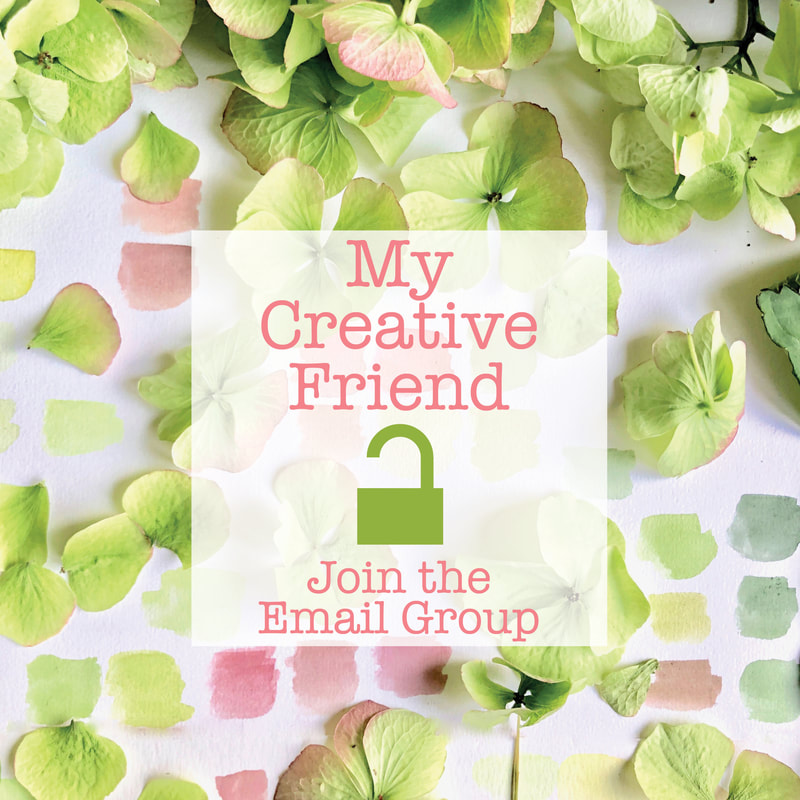benefits of creativity
DO YOU EVER WANT TO...
...Relieve Stress?
...Be in a Better Mood?
...Have More Confidence?
...Have Better Relationships?
...Become a Better Problem Solver?
...Be a Next Generation Leader?
...Keep Your Brain Healthy?
...Challenge Yourself?
...Deal with Trauma?
...Live Longer?
...Heal?
...Be in a Better Mood?
...Have More Confidence?
...Have Better Relationships?
...Become a Better Problem Solver?
...Be a Next Generation Leader?
...Keep Your Brain Healthy?
...Challenge Yourself?
...Deal with Trauma?
...Live Longer?
...Heal?
AND FUN DOING IT?
